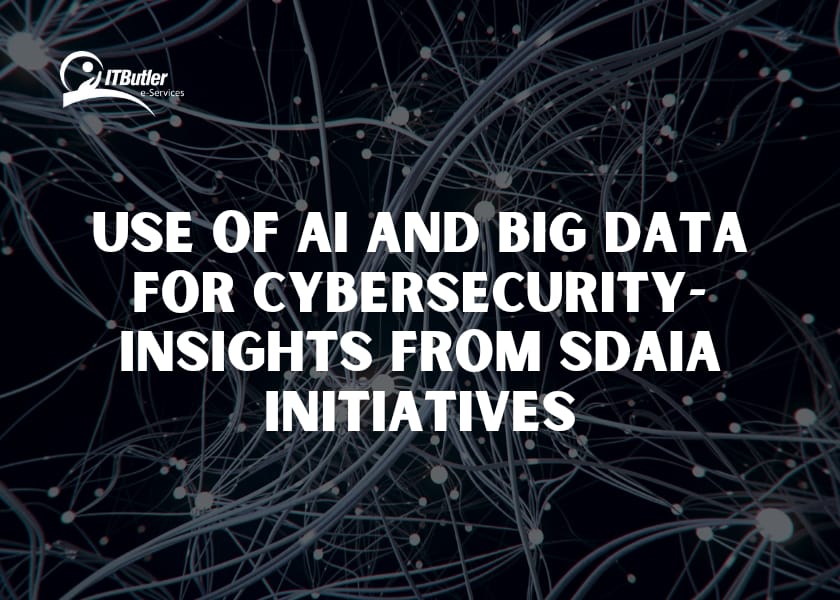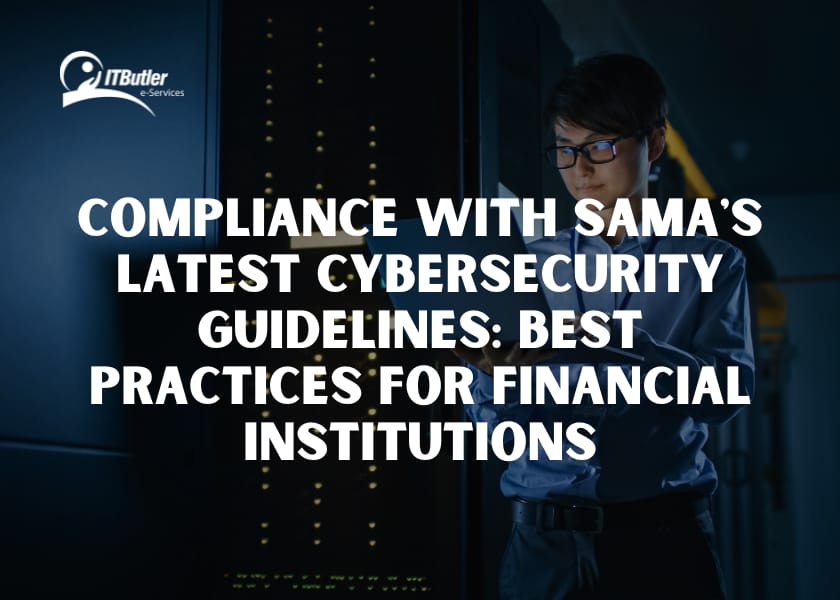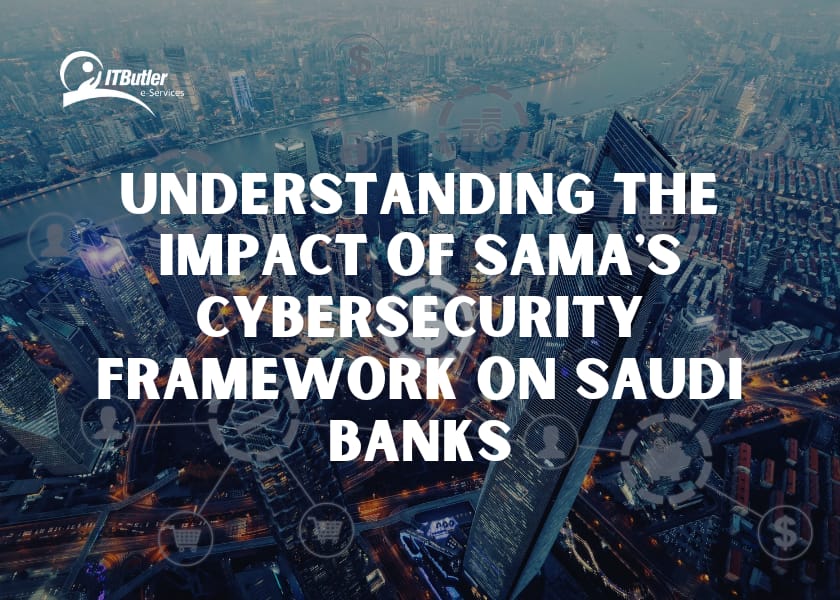In the ever-evolving landscape of cybersecurity, fostering a culture of awareness is paramount to fortify your organization against evolving threats. This comprehensive blog post explores the intricacies of security awareness campaigns, providing a detailed understanding of what they entail, how to create them, the three main steps to implement security awareness, and an exploration of the effectiveness of security awareness training.
What is a Security Awareness Campaign?
A security awareness campaign is a strategic initiative designed to educate and empower individuals within an organization about cybersecurity threats, best practices, and the importance of maintaining a vigilant and security-conscious mindset. The campaign aims to create a pervasive understanding of cybersecurity principles, making employees an active part of the organization’s defense against cyber threats.
The Essence of Security Awareness
Security awareness goes beyond merely informing employees about potential threats; it seeks to cultivate a mindset that prioritizes security in every action. This includes recognizing and responding to phishing attempts, understanding the importance of strong password practices, and embracing a shared responsibility for the organization’s cybersecurity posture.
How Do You Create a Security Awareness Campaign?
Creating an effective security awareness campaign involves careful planning and consideration. Let’s delve into a step-by-step guide to crafting a campaign that resonates with your organization.
1. Assess Your Organization’s Needs
Identifying specific cybersecurity risks is the foundation of a tailored security awareness campaign.
Risk Assessment
Conduct a comprehensive risk assessment to identify potential vulnerabilities and threats unique to your organization.
Industry Considerations
Understand the industry-specific challenges and compliance requirements that may impact your cybersecurity strategy.
2. Define Campaign Objectives
Clearly outlining the goals of your security awareness campaign is essential for shaping its direction.
Behavioral Goals
Define the specific behaviors or actions you want to encourage among employees, such as recognizing phishing emails, reporting suspicious activities, or practicing secure password habits.
Measurable Outcomes
Establish measurable outcomes to gauge the success of the campaign, such as reduced click-through rates on phishing simulations and increased incident reporting.
3. Develop Engaging Content
Creating content that captures attention and effectively conveys security principles is key to a successful campaign.
Multimedia Approach
Utilize a variety of multimedia formats, including videos, infographics, and interactive modules, to cater to diverse learning styles.
Relevance and Relatability
Craft content that is relevant to your organization’s context and relatable to employees. Real-world examples and scenarios add authenticity.
4. Establish a Communication Plan
Effectively disseminating information is crucial for the success of a security awareness campaign.
Communication Channels
Develop a strategy that utilizes various communication channels, including emails, internal newsletters, and dedicated training sessions.
Consistent Messaging
Ensure a consistent and clear message across all communication channels to reinforce key security principles.
5. Implement Continuous Training
Security awareness is an ongoing process that requires continuous efforts to stay ahead of emerging threats.
Regular Updates
Keep training materials up-to-date to reflect the latest cybersecurity trends and threats.
Engagement Strategies
Implement ongoing engagement strategies, such as monthly newsletters, to reinforce key messages and keep security top of mind.
What Are the 3 Main Steps to Implementing Security Awareness?
Implementing a security awareness campaign involves a phased approach to ensure comprehensive coverage. Let’s explore the three main steps in detail.
1. Kick-off and Launch
A successful launch sets the tone for the entire campaign, emphasizing the importance of security awareness.
Official Introduction
Host a kick-off event to officially launch the campaign, emphasizing the organization’s commitment to cybersecurity.
Leadership Involvement
Involve organizational leaders to underscore the importance of security awareness from the top down.
2. Training and Education
Effective training and education sessions form the core of a security awareness campaign.
Comprehensive Training
Provide in-depth training sessions covering topics such as password hygiene, recognizing phishing attempts, and secure online behavior.
Scenario-Based Learning
Incorporate scenario-based learning to simulate real-world situations, helping employees apply theoretical knowledge to practical scenarios.
3. Reinforcement and Evaluation
Reinforcement and ongoing evaluation are critical for the sustained effectiveness of the campaign.
Regular Reminders
Send regular reminders and updates to reinforce key security messages and behaviors.
Metrics and Evaluation
Establish metrics for evaluating the effectiveness of the campaign, such as decreased phishing click-through rates and increased reporting of suspicious activities.
How Effective Is Security Awareness Training?
The effectiveness of security awareness training can significantly impact an organization’s cybersecurity posture. Let’s explore the factors contributing to its success.
1. Employee Engagement
Engaged employees are more likely to absorb and retain security information.
Interactive Modules
Create interactive and engaging training modules that capture the attention of employees.
Employee Involvement
Encourage active participation through quizzes, games, and interactive scenarios.
2. Realistic Scenarios
Simulating real-world scenarios in training helps employees recognize and respond to actual threats.
Phishing Simulations
Conduct phishing simulations to familiarize employees with common tactics used by cybercriminals.
Cyber Attack Scenarios
Include scenarios that mimic real cyber attacks, allowing employees to practice response protocols.
3. Continuous Improvement
Regular updates and improvements to training content are essential for ongoing effectiveness.
Feedback Mechanisms
Establish feedback mechanisms to gather insights from employees on the effectiveness of training sessions.
Adaptability
Continuously adapt training content based on emerging threats and industry trends.
In conclusion, a well-executed security awareness campaign is a cornerstone of a resilient cybersecurity strategy. By systematically educating and empowering employees, organizations can create a culture of security awareness that acts as a potent defense against the ever-evolving landscape of cyber threats. Continuous training, engagement, and evaluation are key components of ensuring the ongoing effectiveness of security awareness initiatives.






